In the fast-paced world of eCommerce, your product displays are the digital storefront that can make or break a sale. Whether you’re showcasing goods on your own website or competing on crowded online marketplaces like Amazon or Lazada, an optimized product listing isn’t just a nice-to-have—it’s a must.
In this entry, we will cover:
With shoppers spoiled for choice and attention spans shrinking, mastering product listing optimization is your ticket to boosting online sales. Let’s dive into the winning formula, packed with eCommerce creative tips and actionable ecommerce campaign ideas.
Understanding the eCommerce Landscape
First, let’s set the stage. A product listing page (PLP)—sometimes called a category or catalog page—is where shoppers browse your offerings before diving into individual product details. On your own site, it’s a curated experience that reflects your brand. On marketplaces, it’s a battleground where your product vies for attention amid a sea of competitors. The difference in buyer behavior is stark: on your site, customers often seek your brand specifically, while on marketplaces, they search generically—like “sunscreen” or “gift for mom”—and stumble upon you.
To succeed, you need a dual approach: one that leverages your brand’s unique voice on your site and another that stands out in the marketplace crowd. Here’s how to nail both with a mix of strategy, visuals, and creativity.
1. Nail the Basics: Optimize Your Product Listing Foundation
Great eCommerce starts with the essentials. Whether it’s your own PLP or a marketplace listing, these fundamentals drive conversions:
-
High-quality visuals: Shoppers can’t touch your products, so visuals are everything. Use crisp, zoomable images that showcase your item from multiple angles. Research shows listings with multiple high-res photos boost conversion rates by up to 30%. For marketplaces, make your main image pop—think bright, uncluttered, and feature-focused.
-
Keyword-rich descriptions: On your site, weave in terms like “premium leather wallet” or “waterproof hiking boots” naturally to boost SEO. On marketplaces, where shoppers search generically, front-load titles with top keywords (e.g., “Sunscreen SPF 50 Waterproof” instead of “Brand X Sun Cream”).
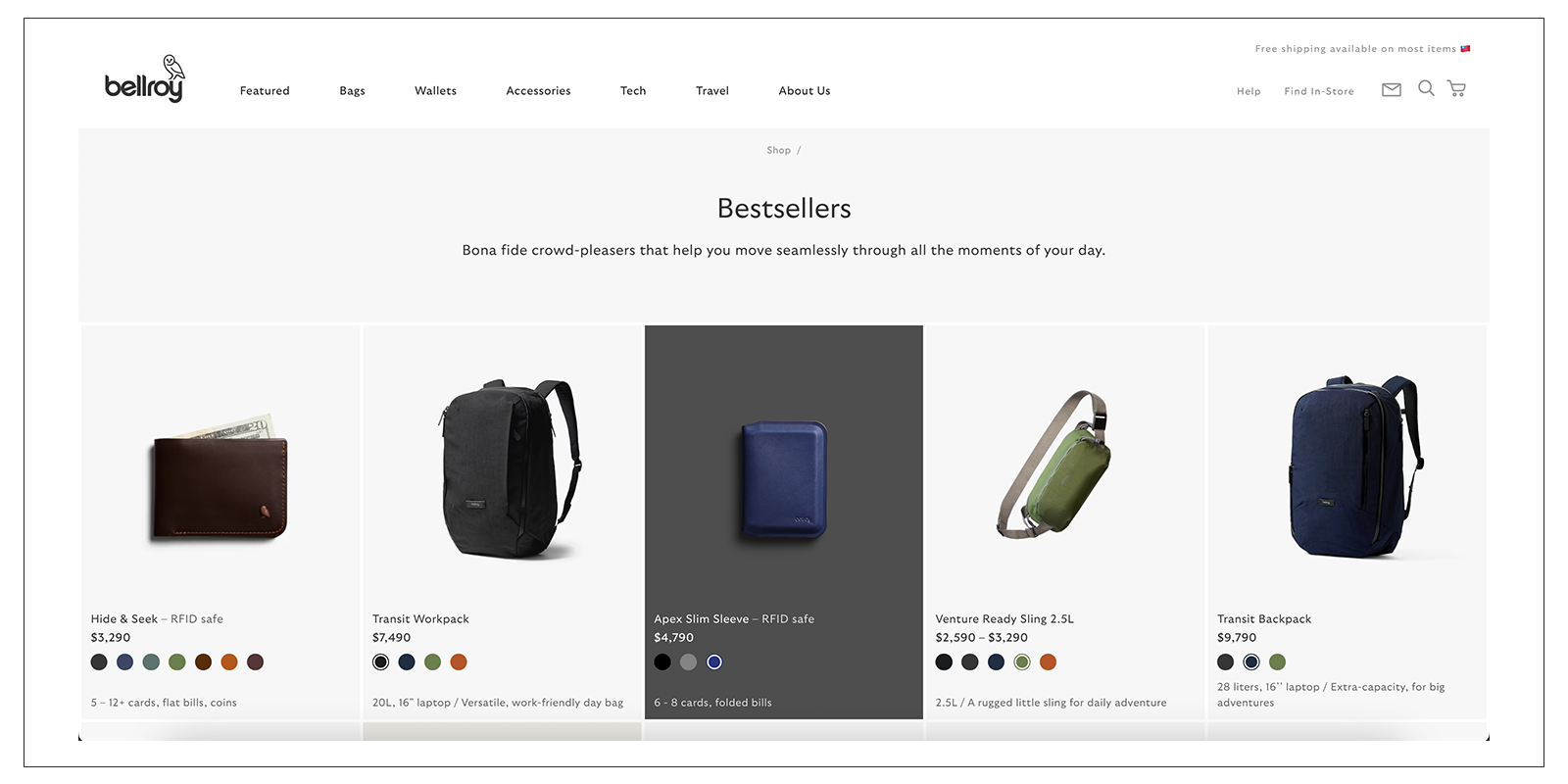
-
Consistency is key: Uniform thumbnails—same lighting, background, and size—create a polished, professional vibe. Bellroy’s site, for example, uses consistent imagery to reinforce brand trust.
2. Tailor Your Visual Strategy: Brand Site vs. Marketplace
Your eCommerce creative approach should shift depending on the platform. Here’s the breakdown:
-
Your brand site: This is your playground. Highlight your brand’s story with lifestyle images—think a backpack in action on a mountain trail. Add infographics for complex products (like electronics) to explain features fast.
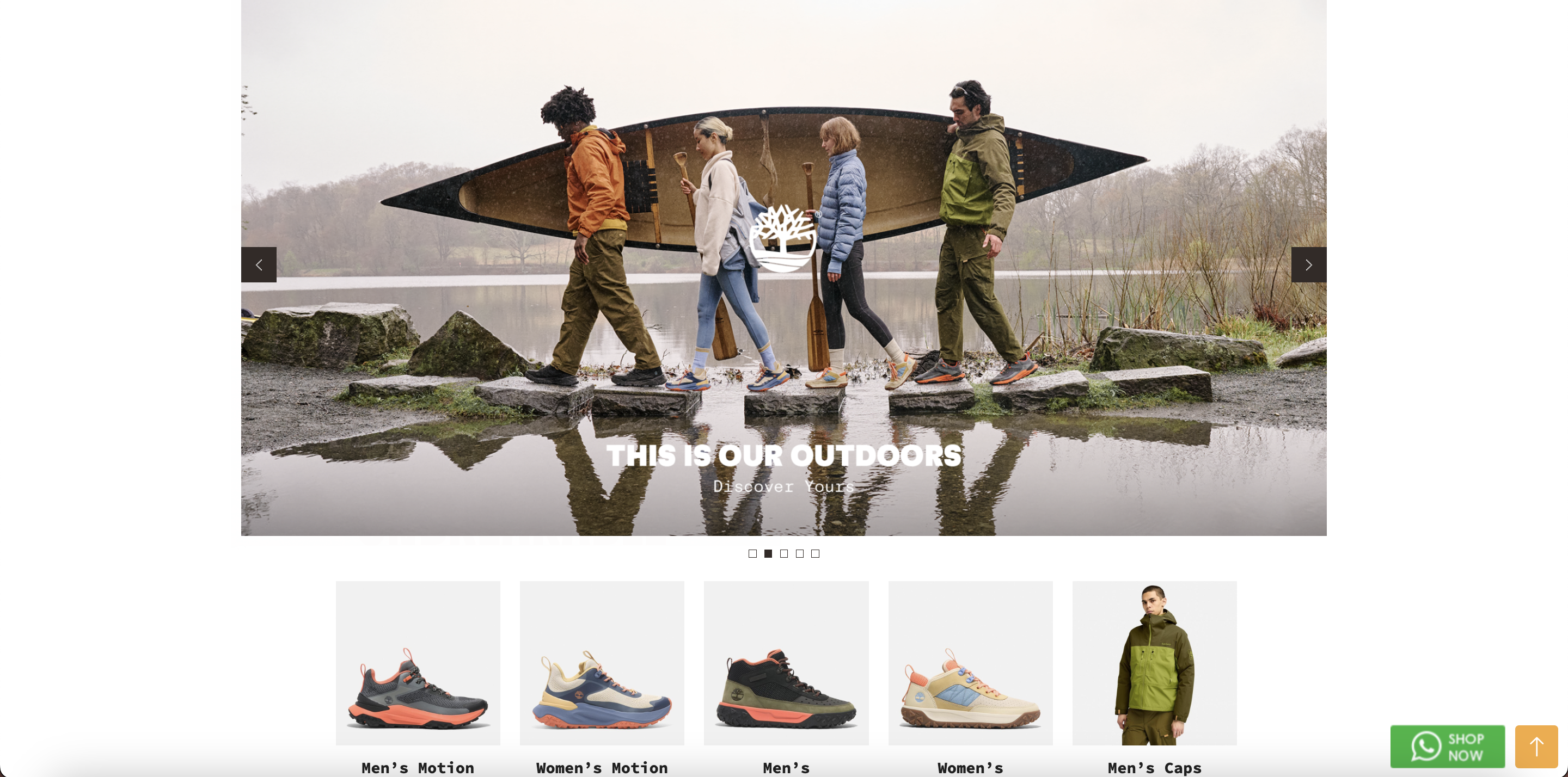
-
Marketplaces: Competition is fierce here. Shoppers see your product alongside dozens of others, so differentiation is critical. Use bold, contrasting colors in promotion images (e.g., a red “50% Off” banner) and multi-angle shots to stand out. Lazada sellers, facing 125,000+ competitors, often use emotional hooks—like a smiling kid with a toy—to grab attention. There’s also a winning-formula for a better story-telling product listing images, you can download dipp’s latest Product Listing Guide to get more insights.
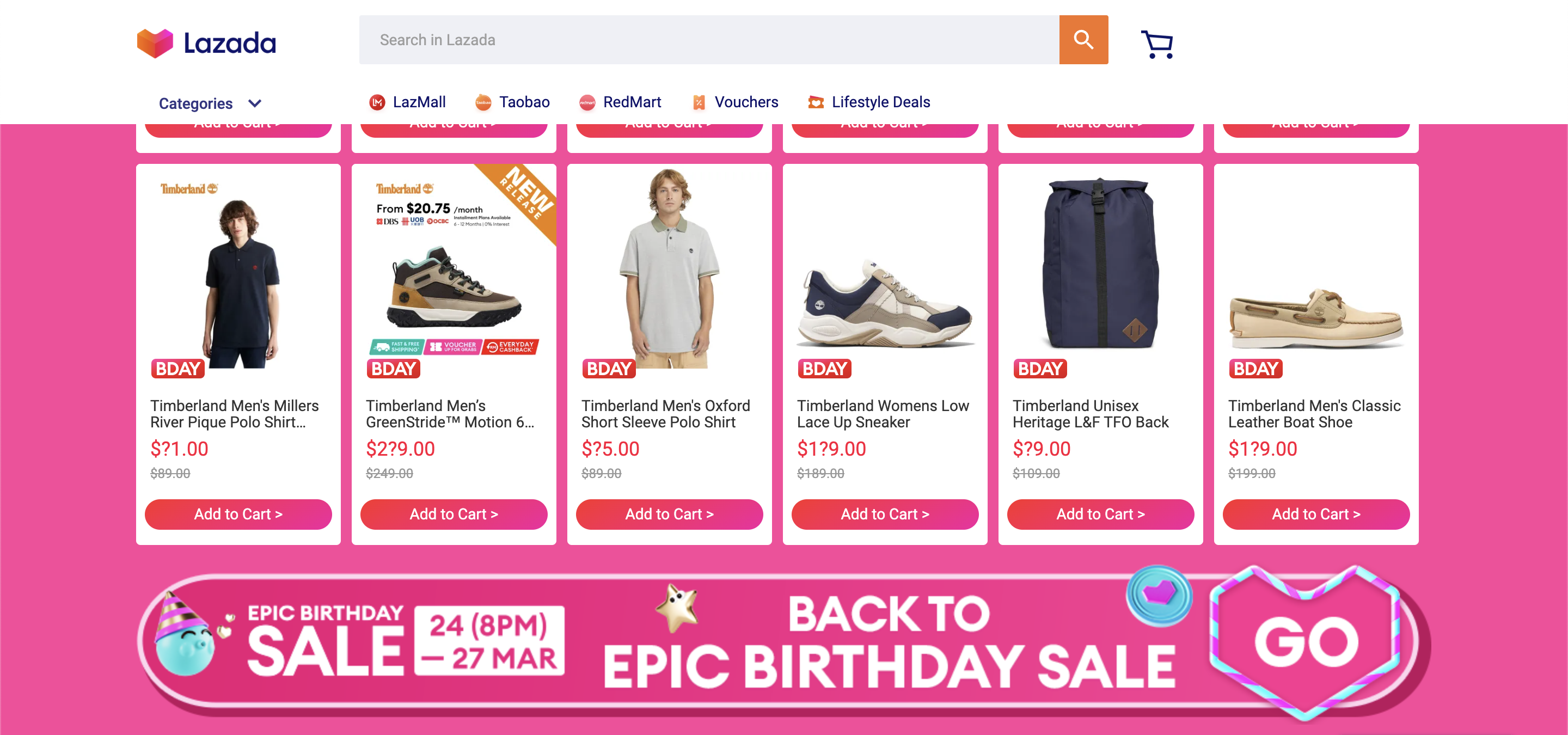
3. Boost Online Sales with Smart Visual Tactics
Visuals aren’t just eye candy—they’re conversion drivers. Here are some ecommerce campaign ideas to elevate your displays:
-
Variant images: Show all colors, sizes, or styles with consistency across the board. Tools like Dipp can streamline this process, helping creators generate visually consistent product listing images in bulk. Imagine uploading your product shots and letting Dipp’s smart features standardize backgrounds and lighting across dozens of SKUs in minutes—saving time while keeping your PLP sleek and professional.
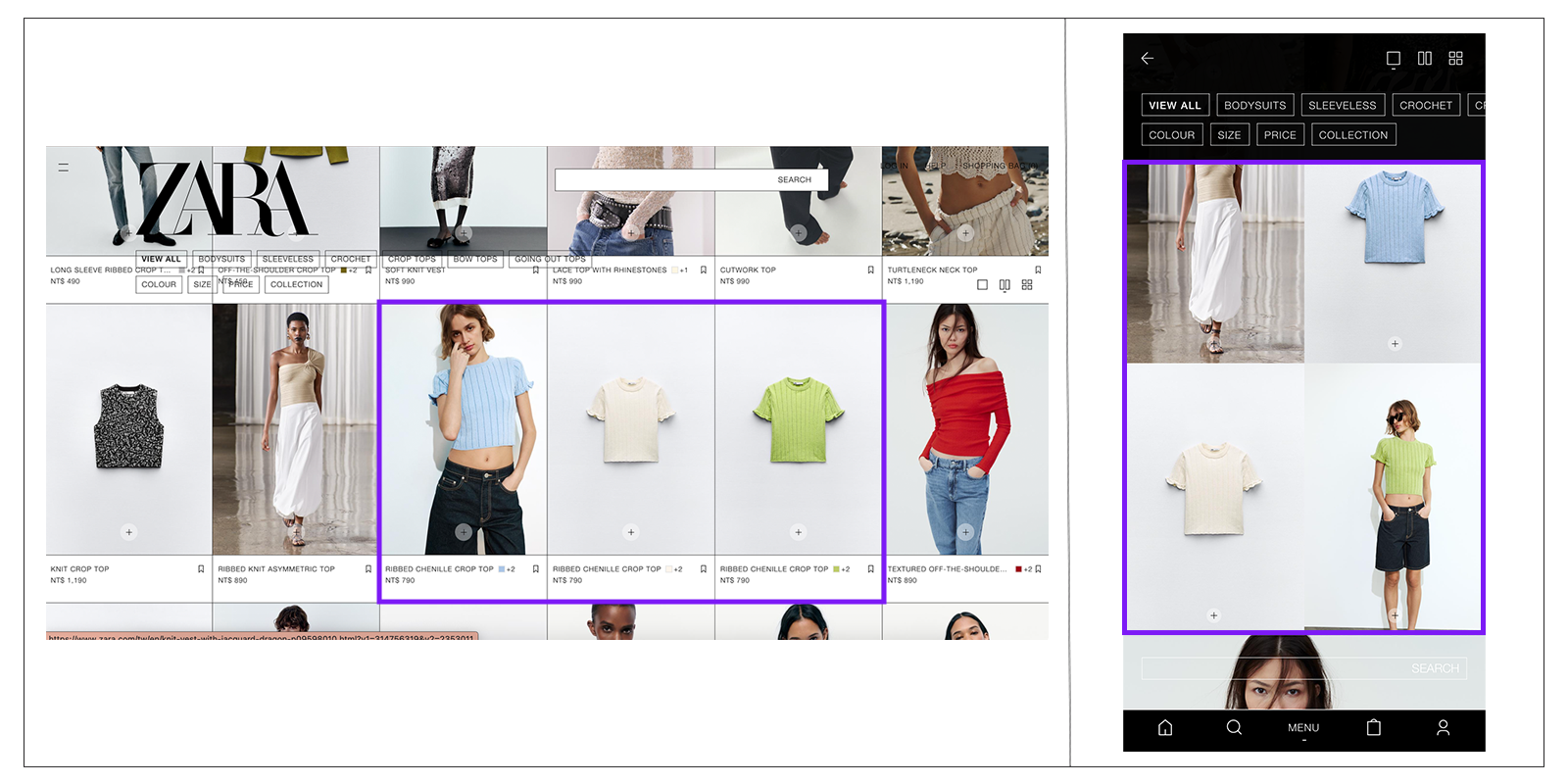
-
Lifestyle appeal: On your site, show the product in use (e.g., a coffee maker brewing on a cozy morning). On marketplaces, a quick lifestyle snippet can tip the scales—think “perfect for gifting” with a festive vibe.
-
A/B testing: Test different main images to see what clicks with your audience. Data-driven tweaks can lift sales by double digits.
4. Simplify Navigation for Seamless Shopping
A cluttered PLP kills conversions. Make it easy for shoppers to find what they want:
-
Filters and icons: On your site, add clickable filters (e.g., price, rating) with icons for quick scanning. Sephora’s “NEW” tag is a masterstroke here.
-
Marketplace clarity: Since you can’t control the platform’s layout, focus on a standout main image and a concise title. Avoid jargon—shoppers skim, not read.
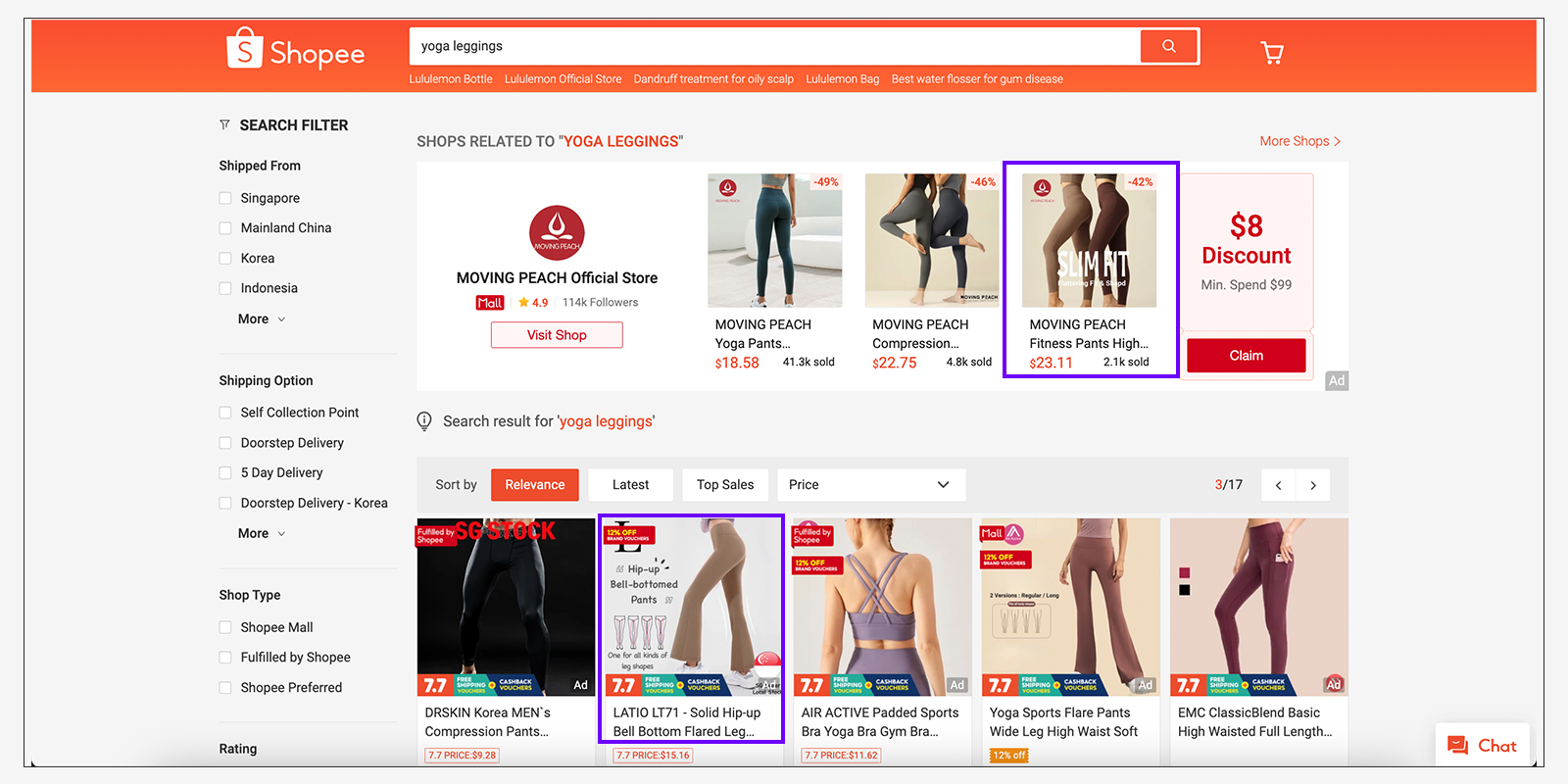
5. Leverage Urgency and Promotions
Nothing drives boosting online sales like a ticking clock. On your site, a banner announcing “Sitewide 20% Off—Ends Tonight!” grabs attention. On marketplaces, a promotion image with “Limited Stock” or “Deal of the Day” can seal the deal. Test these with clear calls-to-action (CTAs) like “Shop Now” to see what moves the needle.
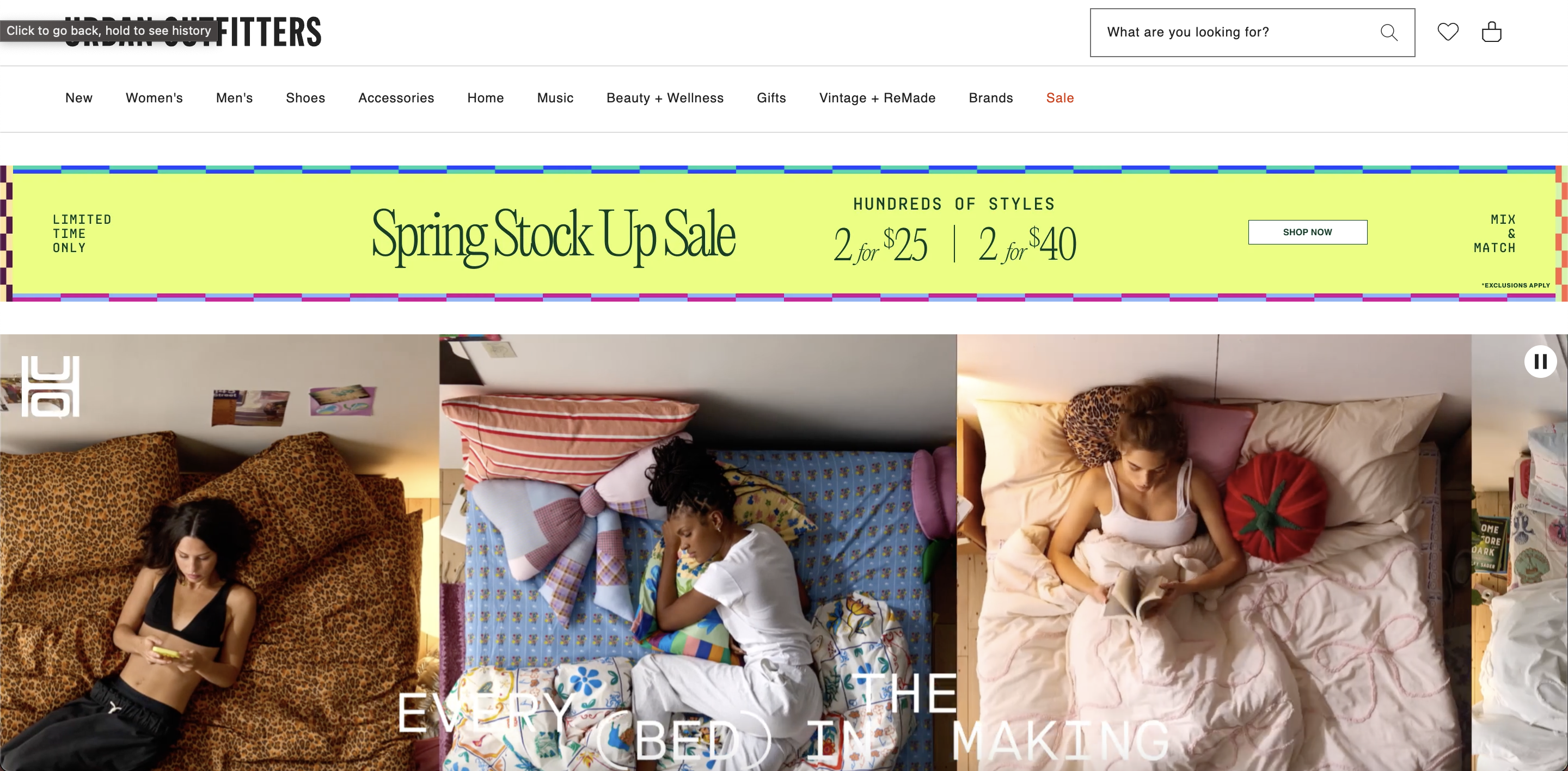
6. Platform-Specific Hacks
Each platform has quirks—master them:
-
Brand site: Own the experience. Add videos or 360-degree views for high-ticket items. Timberland cut campaign prep time from 20 days to 4 using modular designs—steal that efficiency.
-
Marketplaces: Check guidelines (e.g., Amazon’s image size rules) and optimize accordingly. A cheatsheet for all major platforms can save headaches.
Putting It All Together: Your High-Converting Playbook
The winning formula for eCommerce product displays blends art and science. Start with stellar visuals and keyword-smart descriptions, then tweak your product listing optimization for each platform’s vibe. Sprinkle in eCommerce creative flair—lifestyle shots, urgency cues, bold promotions—and back it with tools like Dipp to keep your visuals consistent and scalable. The result? A PLP that doesn’t just attract eyeballs but turns browsers into buyers.
Ready to supercharge your boosting online sales game? Experiment with these ecommerce campaign ideas today. Whether you’re refreshing your site or battling it out on marketplaces, a little creativity and a lot of strategy can transform your product displays into conversion machines.